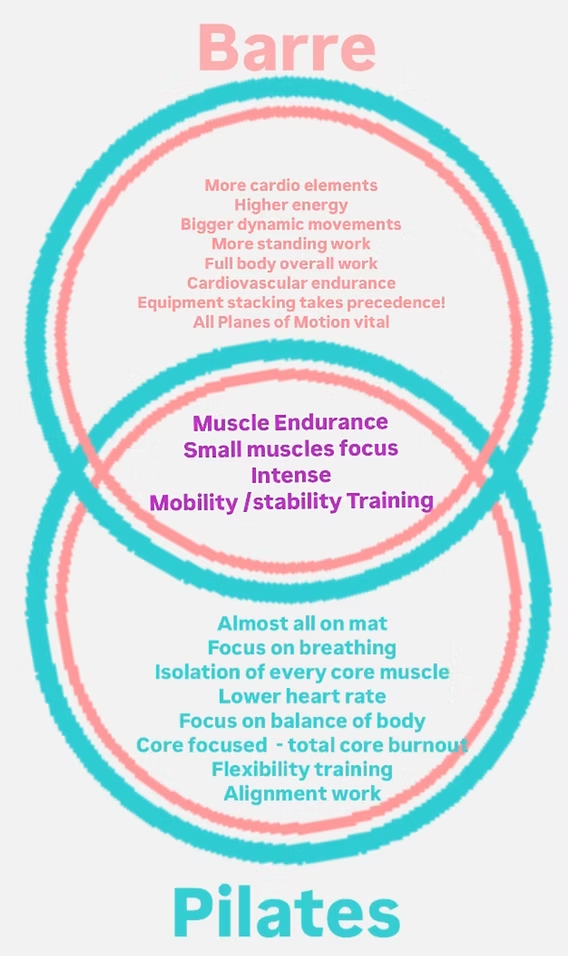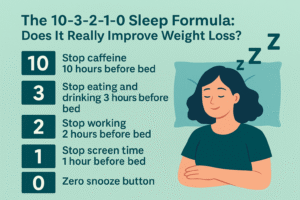Barre vs. Pilates: Which One Shapes Your Body Faster?

If you want a workout that gives you a toned, lean body, you have probably heard of Pilates and Barre. Both are low-impact, both look elegant, and both target your full body — but which one gives faster results?
Let’s break it down in simple language.

What Is Pilates?
Pilates is a workout that focuses on slow, controlled movements, mainly to strengthen your core, improve your posture, and build long-term strength.
It can be done on a mat or a Reformer machine.
How Pilates Tones You
- Makes your core strong
- Improves posture and balance
- Uses slow reps to activate deep muscles
- Builds overall body strength
- Great for: people who want a strong core and long-lasting toning.
What Is Barre?
Barre is a mix of ballet-inspired moves, Pilates, and light weights.
It is famous for tiny movements and “pulses” that make your muscles burn quickly.
How Barre Tones You
- Uses high repetitions
- Gives a deep burn fast
- Tones legs, glutes, and arms quickly
- Builds stamina
- Great for: people who want quick visible results, especially in the lower body.
⭐ So, Which One Tones Faster?
- Barre shows faster visible toning.
- Because of the high reps and small pulses, most people see results in 2–3 weeks.
- Pilates gives deeper and long-lasting results.
- It tones muscles from the inside out and improves posture, but results appear slightly slower.

Simple Comparison
Pilates
- Slow, controlled movements
- Best for core & posture
- Full-body strengthening
- Medium intensity
- Slow but deep results
Barre
- Fast, tiny pulses
- Best for legs, glutes, arms
- High-endurance toning
- High intensity
- Faster visible toning
Which Should You Choose?
Choose Barre if:
- You want quick toning
- You love energetic workouts
- You want strong legs + lifted butt
Choose Pilates if:
- You want long-term strength
- You prefer slow and controlled movement
- You need better posture and core strength
Best Plan: Mix Both
Do Pilates 2–3 times a week and Barre 1–2 times a week for the best overall toning.






